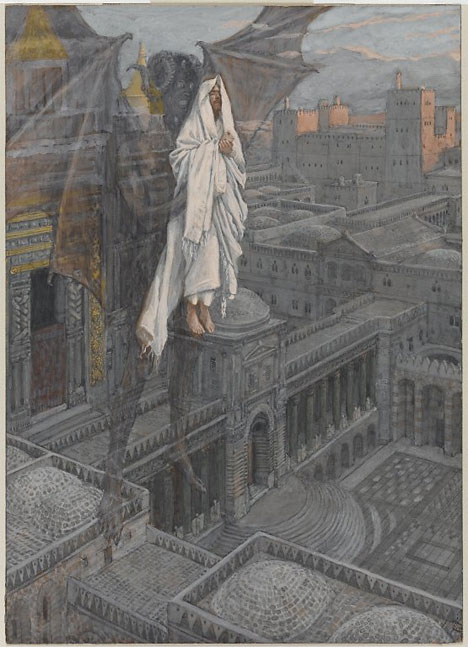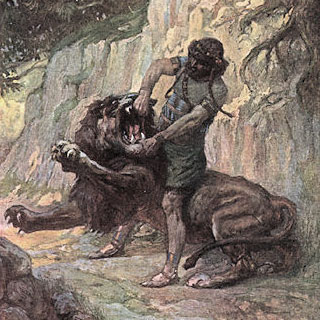The Perfect Unself
In a universe of types and symbols, everything is self-effacing. Everything created points to, speaks of, something else in creation, and all creation ultimately points us back to the Trinity, the Perfect Unself.
In a universe of types and symbols, everything is self-effacing. Everything created points to, speaks of, something else in creation, and all creation ultimately points us back to the Trinity, the Perfect Unself.

Stephen Henderson posted this quote from Doug Jones’ In Defense of Wind Grasping:
Continue reading
During the fourth year that Jehoiakim son of Josiah was king of Judah, the LORD said to me, “Jeremiah, since the time Josiah was king, I have been speaking to you about Israel, Judah, and the other nations. Now, get a scroll and write down everything I have told you, then read it to the people of Judah. Maybe they will stop sinning when they hear what terrible things I plan for them. And if they turn to me, I will forgive them”… (CEV) Jeremiah 36:1-3
God’s Covenants are always temporary. Every Covenant is a to and fro. It reflects the Word sent to the Son by the Spirit and the “bridal abundance” received in return by the Father. The Word is often pictured as a scroll, for obvious reasons. Scrolls were written and sealed with wax. The seal was temporary, something to protect the confidentiality of the contents, but something to be broken once the document reached its intended destination. The Bible Matrix makes plain the symbols used by God to illustrate this step in the Covenantal order of all He has made. Continue reading
“In my Father’s house are many mansions…”
There are various covenants in the Bible, just as there are in human life. Covenants are the way God does things.
He calls a representative,
…..delegates His authority,
……….gives the mission,
……………allows time for it
……….to be accomplished,
…..assesses the outcome
and throws a party.
If the outcome is good, the delegate and his mission subjects are invited to the feast. If the outcome is bad, the delegated head and his corrupt body are the meat on the table. And the Holy Ones rejoice over their doom. There is always an outcome, a reckoning, a succession, an “offspring.” Continue reading
A gripping sermon from Doug Jones in 2007. He contrasts unitarian and trinitarian worldviews.
This beautiful gem from Paul Huxley (reposted here with his permission):
A man finds some treasure in a field, he covers it up, joyfully buys the field and gets the treasure. Does that sound familiar? That’s right. It’s the plot of the book Ruth.
Samson is often presented as a moose.
 A commonly held opinion is that Samson was stupid. However, his earlier acts were inspired by the influence of the Spirit, carefully calculated, spectacularly executed and achieved the desired results.
A commonly held opinion is that Samson was stupid. However, his earlier acts were inspired by the influence of the Spirit, carefully calculated, spectacularly executed and achieved the desired results.
For instance, Samson only told his wife the answer to his riddle so he would know where the leak came from when she was tested.
This reminded me of the test for harlotry in Numbers 5. The priest administers the bitter word to the woman, and if she passes the test, she will be a fruitful blessing.
Samson’s wife failed the test, and the outcome was a bit like that after the harlotry with the golden calf, with Samson as the slaughtering Levite.
Speaking of which, Numbers 5 comes right before Numbers 6 — the Nazirite vow. Men who took this vow became, basically, warrior brides. Their uncut hair was a sign of submission. Revelation draws on this imagery to describe the apostles and first century saints as virgins.
So Samson’s wife betrayed him, and Samson betrayed his own covenant ‘husband,’ the Lord.
Doug Wilson points out (somewhere) that biblical relationships are more complex than those of Islam. In Islam, the line of authority is linear, the natural outcome of a simple god of power. Might is right, from top to bottom. With Christianity, the submission of the members of the Trinity within the Godhead overflows into family and society, with the members submitting to one another, and constantly bestowing good upon one another.
So Samson can be both a bride and a bridegroom. Facing heaven, a minister is part of the bride. Facing his church, he images the bridegroom.